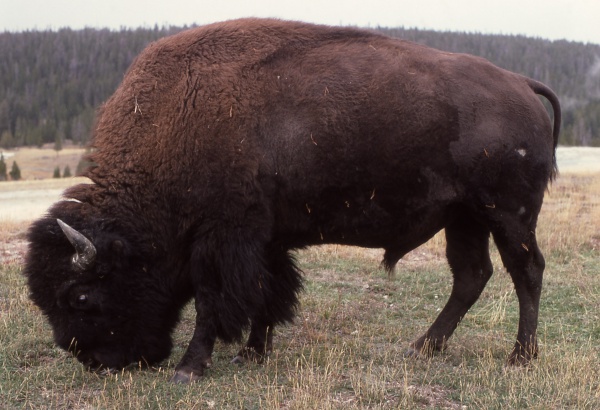Facts About Bison
Bison are large, hoofed mammals that belong to the genus Bison within the subfamily Bovinae. There are two extant species of bison and six that are extinct. Bison have existed since the Early Pleistocene epoch, with ancient species like Bison palaeosinensis and Bison priscus. Today, the American bison (Bison bison) is the largest land animal in North America, while the European bison (Bison bonasus) holds that title in Europe. These animals are nomadic grazers, moving in herds to find food, and there are notable differences between the American and European species.
The genetic history of bison is complex, involving interbreeding among various species within the Bovini tribe. The steppe bison, for instance, significantly contributed to the evolution of modern bison. Unfortunately, bison populations were nearly decimated in the 19th century due to overhunting by European settlers, leading to substantial conservation efforts. Today, bison are bred for multiple purposes, including their meat, hides, wool, and even dairy products.
Bison play a crucial role in the ecosystems they inhabit. They engage in behaviors such as wallowing (rolling in the dirt) and have distinctive mating patterns. Due to their large size, they have few natural predators, with humans historically posing the greatest threat. Bison are also susceptible to health issues, including diseases like malignant catarrhal fever and brucellosis. As ruminants, bison have a diverse diet and change their plant preferences seasonally.
People often mistakenly refer to bison as "buffalo" but true buffalo species are quite different. Bison hold significant cultural importance for indigenous peoples, who have long respected and relied on these animals for sustenance and other resources. Thanks to successful conservation initiatives, bison populations have been making a comeback in recent years, ensuring that these iconic animals continue to roam the plains.

 Kenya
Kenya